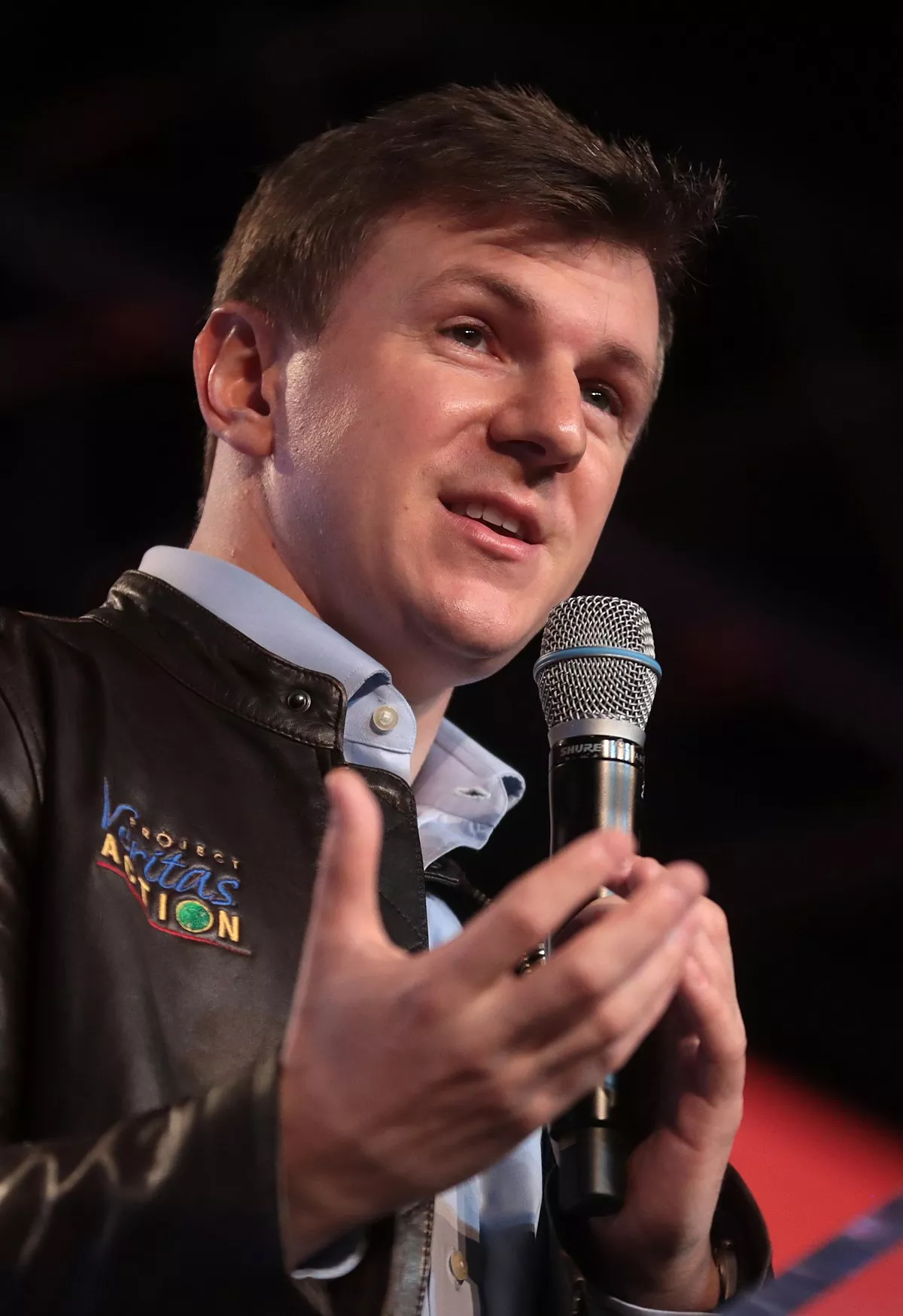 1.
1. James Edward O'Keefe III was born on June 28,1984 and is an American political activist who founded Project Veritas, a far-right activist group that uses deceptively edited videos and information gathering techniques to attack mainstream media organizations and progressive groups.